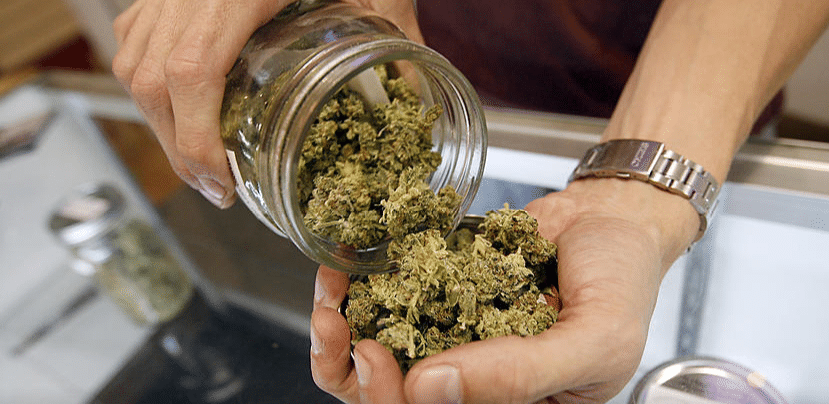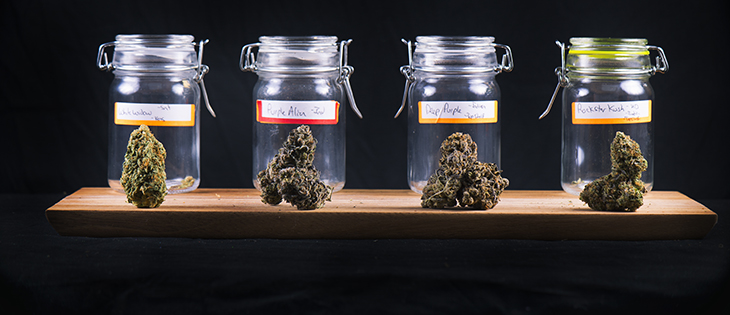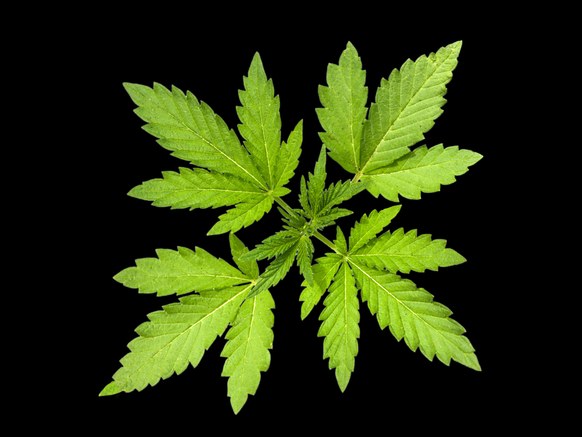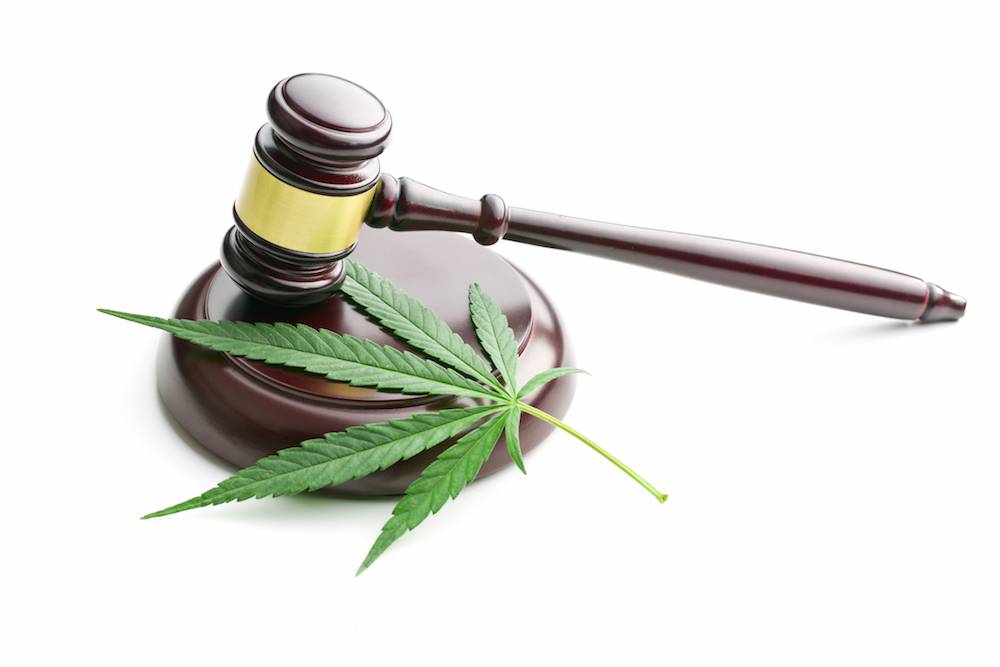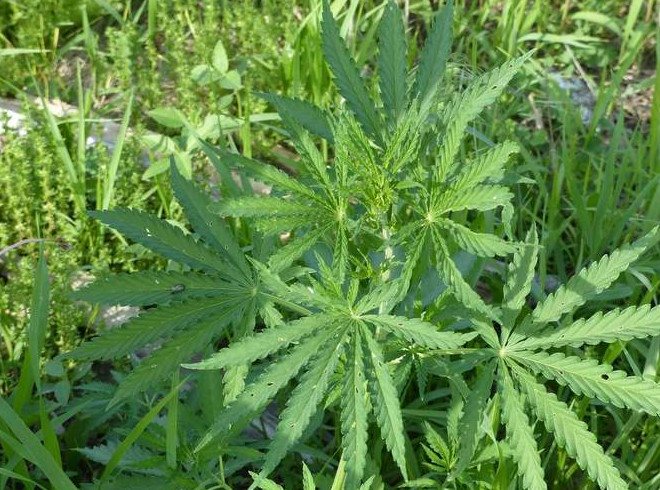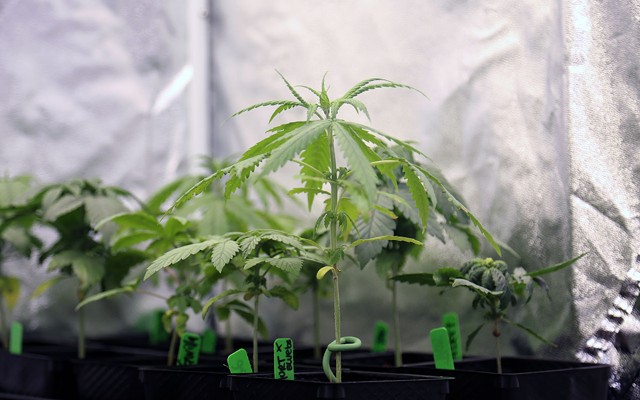On January 30th, recreational marijuana became legal in Maine.
The law, which voters approved in November, allows adults 21 and over to legally possess 2.5 ounces of pot. They can also grow up to six mature plants
One thing you can’t do under the new law is drive while impaired by the drug.
When someone is drinking and driving, a breathalyzer test can determine if they are above the legal limit of .08.
Because that’s not the case with marijuana.
Some believe the state can’t prove if they are drugged driving.
Joy Hollowell has part one of a special report.“If they’ve driven a motor vehicle and they’ve consumed marijuana, if they are impaired to any degree, that’s enough for a conviction,” says Scot Mattox, traffic safety resource prosecutor for the Maine Bureau of Highway Safety. He and others were recently tasked by the Department of Public Safety Recreational Marijuana Committee to examine any conflict between the Marijuana Legalization Act and Maine’s driving laws.
The bureau’s report concluded no changes were needed for the state’s current OUI law.
They also recommended not implementing a limit on the amount of THC allowed in a driver’s blood system.
“If we look at the Maine Supreme Court decisions talking about impairment, the impairment level is literally to any degree,” explains Mattox. “So all of this talk about nanogram limits or how much THC might impair somebody is really not immediately relevant to what we’re doing in Maine because the law that we have already covers it.”
“Like with alcohol, there are effects of cannabis on our body and on our brain which can impact somebody’s ability to drive,” says Dr. Vijay Amarendran, staff psychiatrist at Acadia Hospital in Bangor. He says there are several acute effects of marijuana that relate directly to motorist impairment.
“It decreases short-term memory,” says Dr. Amarendran. “It changes perception of time, it changes perception in general of sound and vision, and it also decreases your coordination.”
Smoking marijuana is the most rapid form of absorption, according to Dr. Amarendran, within seconds to minutes. The effects can last up to two hours. Pot-infused edibles take longer to absorb, between 15 minutes to an hour. But the effects can last up to 8 hours.
That’s a concern come February, when Maine is set to become the first state permitting public social pot clubs.
“How are we going to regulate edibles or marijuana that’s going to be consumed before they leave the premise and they’re going to drive home?” asks Mattox. ” If we go to a bar and we’re very drunk, the bartender is not going to serve us. How are we going to train sellers and servers about what is visibly intoxicated for marijuana?”
Cannabis can be detected in urine for up to a month, making any roadside chemical test complicated. And there are other risk factors to consider.
“We know that people who smoke cannabis are also more likely to be young, more likely to be male, and more likely to drink alcohol and drive, which makes any epidemiology study on cannabis very difficult to interpret,” says Dr. Amarendran.
“it is fair to say that the general consensus of the scientific community is against putting a specific nanogram number with impairment in most people,” adds Mattox. “So there’s not general agreement that at X number of nanograms, everybody’s impaired, whether it’s 3, 5 or 100. But what there is general scientific consensus of is the fact that marijuana contains THC which is known to be a psychoactive or impairing substance.”
As for suggestions that marijuana is actually safer than alcohol when it comes to driving-
“The truth could not be further from this because we know that cannabis clearly has physiologic effects that impair driving,” says Dr. Amarendran. “How much, how often, those are questions that we haven’t answered but there’s no doubt that it does impair driving.”
According to the AAA Foundation for Traffic Safety, fatal crashes involving drivers who recently used marijuana doubled in Washington after the state legalized the drug.
credit:wabi.tv


